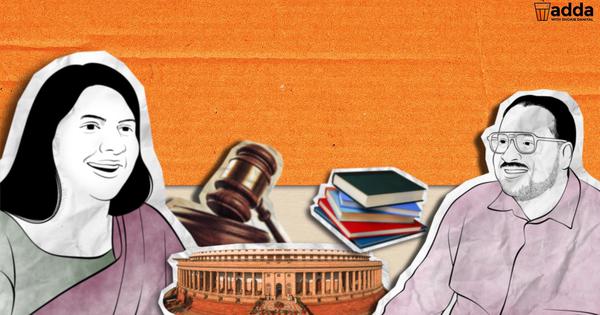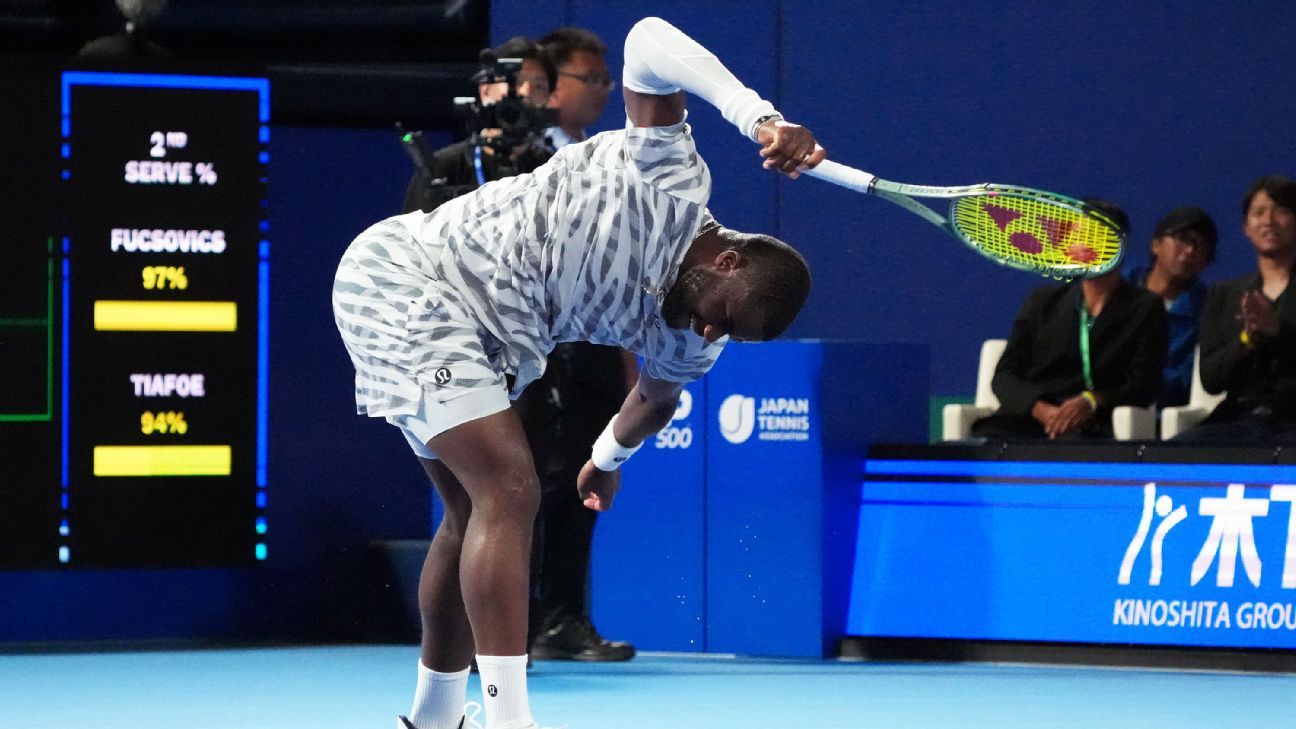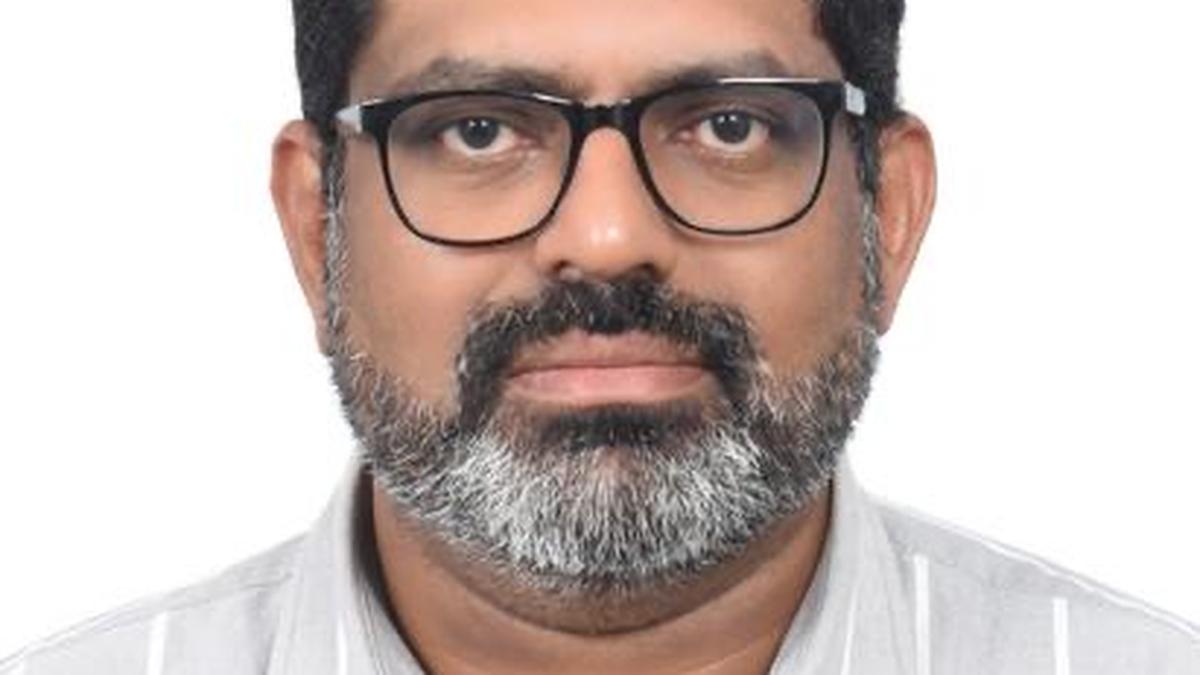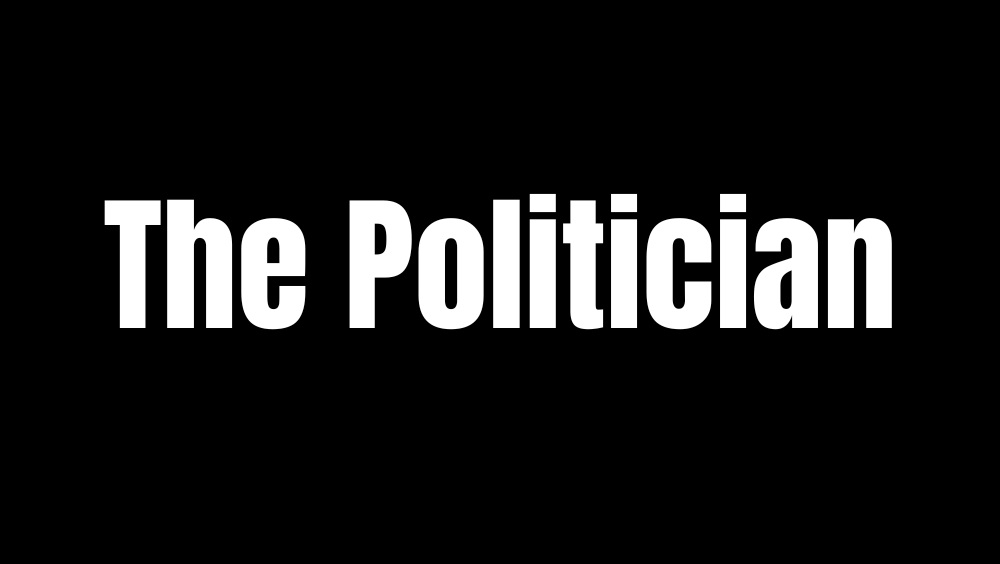Kolkata flooding: Mamata Banerjee’s politics drowns the city along with its people
In my recent visit to Kolkata, I witnessed a city that once prided itself on its rich culture and vibrant energy, now gasping for breath under water. The relentless overnight downpour, the heaviest in nearly 40 years, turned the “City of Joy” into a city of despair. The disaster unfolded at the peak of Durga Puja preparations, when Kolkata is usually lit up and alive with millions of people visiting pandals and celebrating Bengal’s biggest festival. Instead, this year, Kolkata’s streets resembled rivers, and its people were left stranded and hopeless. The numbers speak for themselves. The India Meteorological Department (IMD)reported that Kolkata received 251.4 mm of rainfall in less than 24 hours, the highest since 1986. In southern areas like Garia, the downpour reached 332 mm, while the northern parts received 195 mm. At its peak, the rain came down at a staggering 98 mm per hour, almost like a cloudburst. For the city’s 15 million residents, it was a night of panic. Cars floated away, homes were inundated, and eleven people lost their lives, nine of them due to electrocution from live wires left unattended by authorities. #DurgaPuja2025 #KolkataRain #KolkataFlood #Kolkatarain#WestBengal pic.twitter.com/1jeoFzPHOo— Vishnoi Babu Lal (@bvishnoi29) September 24, 2025 The tragedy was compounded by the timing. Durga Puja is not merely a festival; it is Bengal’s soul. It represents community, tradition, and celebration. But this year, over 3,000 pandals were submerged, leaving volunteers heartbroken and struggling to save idols and decorations. Streets where people should have been dancing and celebrating were instead flooded with waist-deep water. The rain didn’t just disrupt the festivities; it symbolically drowned Kolkata’s spirit, exposing how fragile and neglected the city has become. Metro services on the Blue Line between Dakshineswar and Shahid Khudiram were suspended, local trains from Sealdah were halted, and even runways at the Netaji Subhas Chandra Bose International Airport were waterlogged. Kolkata’s essential transport systems came to a complete standstill. Roads were jammed with abandoned vehicles, and flights were delayed indefinitely. For a city that claims to be modern and global, the sight was nothing short of shameful. Mamata blames Centre, geography, UP, Bihar, and everything else, except her own Govt And yet, when faced with this colossal disaster, Chief Minister Mamata Banerjee’s first instinct was not to take responsibilitybut to deflect blame. She pointed fingers at everything and everyone except her own government’s failures. According to Mamata, the flooding was caused by water flowing in from Uttar Pradesh, Bihar, and other states through the Ganga, as well as mismanagement by central agencies like the Farakka Barrage authorities and the Damodar Valley Corporation (DVC). She even went as far as accusing the Centre of not dredging the Farakka Barrage properly, saying, “When the Ganga’s holding capacity goes down, where will Kolkata’s water drain out?” While upstream factors may have played a role, Mamata’s excuses fall flat when we look at the core issue: Kolkata’s crumbling drainage system and lack of urban planning, both of which fall squarely under her government’s jurisdiction. For over a decade, the Trinamool Congress (TMC) has ruled Bengal, controlling the Kolkata Municipal Corporation (KMC). And what has been the result? Rampant corruption, zero modernisation of infrastructure, and a complete lack of vision. Kolkata’s crumbling infra The city’s drainage network still relies on British-era systems, built over a century ago. In these 15 years of TMC rule, the government has spent crores on flashy festivals, politically motivated subsidies, and populist freebies—but has failed to invest in basic infrastructure like stormwater drains, pumping stations, and flood-prevention mechanisms. The result? A few hours of heavy rain turned a metropolis into a disaster zone. The Bharatiya Janata Party (BJP) rightly slammed Mamata’s government on social media, stating: “Durga Pujo celebrations are starting this week. Yet, due to Kolkata’s extremely poor drainage system, Puja pandals are submerged under water. Years of anarchy under the CPM and nearly 15 years of corruption under TMC have forced Bengalis to suffer even during their biggest festival.” This is not mere rhetoric; it reflects the frustration of countless citizens who have seen no real improvement in their lives. Under TMC, Kolkata has become a city of tokenism, where cosmetic projects like painting walls blue and white take precedence over real development. The deaths due to electrocution are perhaps the most heartbreaking aspect of this tragedy. Nine people died because live wires were left exposed in flooded streets. This is not “nature’s fury”; this is human negligence and administrative apathy. Instead of proactively cutting power in vulnerable areas and ensuring public safety, the state



In my recent visit to Kolkata, I witnessed a city that once prided itself on its rich culture and vibrant energy, now gasping for breath under water. The relentless overnight downpour, the heaviest in nearly 40 years, turned the “City of Joy” into a city of despair. The disaster unfolded at the peak of Durga Puja preparations, when Kolkata is usually lit up and alive with millions of people visiting pandals and celebrating Bengal’s biggest festival. Instead, this year, Kolkata’s streets resembled rivers, and its people were left stranded and hopeless.
The numbers speak for themselves. The India Meteorological Department (IMD)reported that Kolkata received 251.4 mm of rainfall in less than 24 hours, the highest since 1986. In southern areas like Garia, the downpour reached 332 mm, while the northern parts received 195 mm. At its peak, the rain came down at a staggering 98 mm per hour, almost like a cloudburst. For the city’s 15 million residents, it was a night of panic. Cars floated away, homes were inundated, and eleven people lost their lives, nine of them due to electrocution from live wires left unattended by authorities.
#DurgaPuja2025 #KolkataRain #KolkataFlood #Kolkatarain#WestBengal pic.twitter.com/1jeoFzPHOo
— Vishnoi Babu Lal (@bvishnoi29) September 24, 2025
The tragedy was compounded by the timing. Durga Puja is not merely a festival; it is Bengal’s soul. It represents community, tradition, and celebration. But this year, over 3,000 pandals were submerged, leaving volunteers heartbroken and struggling to save idols and decorations. Streets where people should have been dancing and celebrating were instead flooded with waist-deep water. The rain didn’t just disrupt the festivities; it symbolically drowned Kolkata’s spirit, exposing how fragile and neglected the city has become.
Metro services on the Blue Line between Dakshineswar and Shahid Khudiram were suspended, local trains from Sealdah were halted, and even runways at the Netaji Subhas Chandra Bose International Airport were waterlogged. Kolkata’s essential transport systems came to a complete standstill. Roads were jammed with abandoned vehicles, and flights were delayed indefinitely. For a city that claims to be modern and global, the sight was nothing short of shameful.
Mamata blames Centre, geography, UP, Bihar, and everything else, except her own Govt
And yet, when faced with this colossal disaster, Chief Minister Mamata Banerjee’s first instinct was not to take responsibilitybut to deflect blame. She pointed fingers at everything and everyone except her own government’s failures. According to Mamata, the flooding was caused by water flowing in from Uttar Pradesh, Bihar, and other states through the Ganga, as well as mismanagement by central agencies like the Farakka Barrage authorities and the Damodar Valley Corporation (DVC). She even went as far as accusing the Centre of not dredging the Farakka Barrage properly, saying, “When the Ganga’s holding capacity goes down, where will Kolkata’s water drain out?”
While upstream factors may have played a role, Mamata’s excuses fall flat when we look at the core issue: Kolkata’s crumbling drainage system and lack of urban planning, both of which fall squarely under her government’s jurisdiction. For over a decade, the Trinamool Congress (TMC) has ruled Bengal, controlling the Kolkata Municipal Corporation (KMC). And what has been the result? Rampant corruption, zero modernisation of infrastructure, and a complete lack of vision.
Kolkata’s crumbling infra
The city’s drainage network still relies on British-era systems, built over a century ago. In these 15 years of TMC rule, the government has spent crores on flashy festivals, politically motivated subsidies, and populist freebies—but has failed to invest in basic infrastructure like stormwater drains, pumping stations, and flood-prevention mechanisms. The result? A few hours of heavy rain turned a metropolis into a disaster zone.
The Bharatiya Janata Party (BJP) rightly slammed Mamata’s government on social media, stating: “Durga Pujo celebrations are starting this week. Yet, due to Kolkata’s extremely poor drainage system, Puja pandals are submerged under water. Years of anarchy under the CPM and nearly 15 years of corruption under TMC have forced Bengalis to suffer even during their biggest festival.”
This is not mere rhetoric; it reflects the frustration of countless citizens who have seen no real improvement in their lives. Under TMC, Kolkata has become a city of tokenism, where cosmetic projects like painting walls blue and white take precedence over real development.
The deaths due to electrocution are perhaps the most heartbreaking aspect of this tragedy. Nine people died because live wires were left exposed in flooded streets. This is not “nature’s fury”; this is human negligence and administrative apathy. Instead of proactively cutting power in vulnerable areas and ensuring public safety, the state government and Calcutta Electric Supply Corporation (CESC) waited for disaster to strike. After the tragedy, Mamata promised compensation and jobs for victims’ families, a typical afterthought in her administration’s playbook. Compensation is not justice; accountability and systemic reform are what Bengal needs.
Why ‘lack of funds from Centre’ cannot be an excuse
Mamata also played the victim card, accusing the Centre of taking away Bengal’s rightful GST share and not providing financial aid during disasters. While this fits neatly into her narrative of “Delhi vs. Bengal,” the truth is that disaster management and local governance are primarily state responsibilities. If funds were genuinely lacking, why has TMC consistently poured money into political rallies, party patronage, and even controversial schemes that benefit only vote banks? The real problem is misallocation and corruption, not a lack of resources.
The Farakka Barrage issue, while important, has been a convenient scapegoat for successive governments. Yes, dredging and proper water management are crucial, but they do not explain why Kolkata’s internal drainage collapsed. Blaming Bihar and Uttar Pradesh for Kolkata’s misery is a distraction tactic, not a solution.
The time has come to recognise that Bengal’s problems are political as much as they are environmental. Decades of communist rule left the state economically crippled, but nearly 15 years of TMC governance have been equally disastrous. Instead of reversing the damage, Mamata has entrenched a culture of corruption and political appeasement. The KMC, once a respected civic body, has now become a TMC stronghold used for patronage and vote bank politics.
If Kolkata is to survive future crises, political reform is essential. This means replacing the entrenched political elite with leaders focused on governance rather than theatrics. Bengal cannot afford another decade of tokenism and festival politics. It needs serious investment in infrastructure, strict urban planning to stop illegal constructions that block drainage, and a comprehensive disaster management strategy.
As I walked through waist-deep water during my visit, I saw ordinary citizens helping one another while the state machinery remained largely absent. Volunteers carried food and medicine to stranded families, while neighborhood groups tried to organize relief. The people of Kolkata showed remarkable resilience, but their spirit should not be exploited by politicians who have failed them repeatedly.
Durga Puja symbolizes the triumph of good over evil. This year, that symbolism takes on a bitter irony. The real evil Kolkata must defeat is political corruption and misrule. Mamata Banerjee’s government has turned natural disasters into political spectacles, where blame is shifted and responsibility is dodged. But nature will not wait for politics to settle.
If nothing changes, Kolkata will continue to drown not just in water but in apathy, mismanagement, and political arrogance. It is time for the people of Bengal to demand more than excuses. It is time for true reform, accountability, and leadership that prioritizes lives over votes. Only then can the City of Joy truly rise again, instead of sinking deeper into despair every monsoon.


























































































































